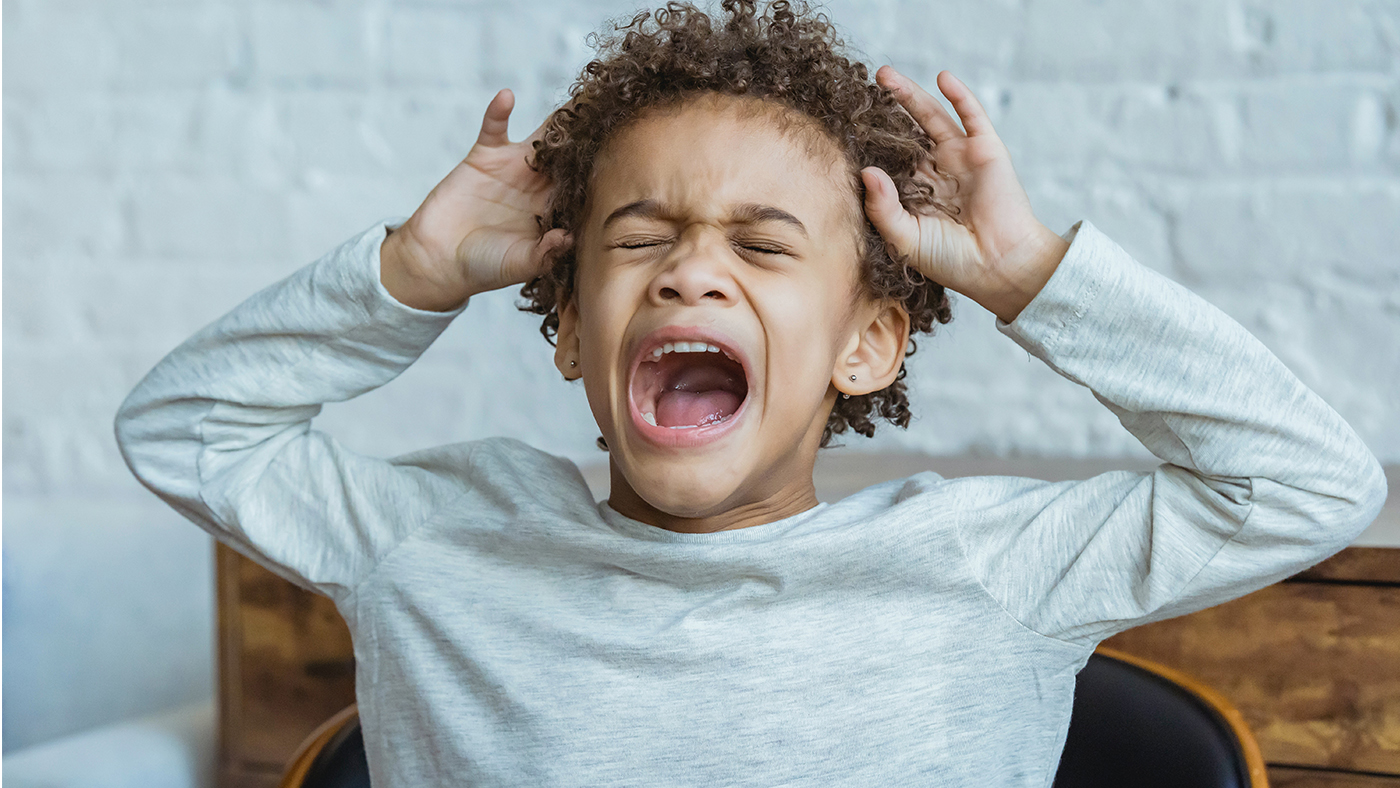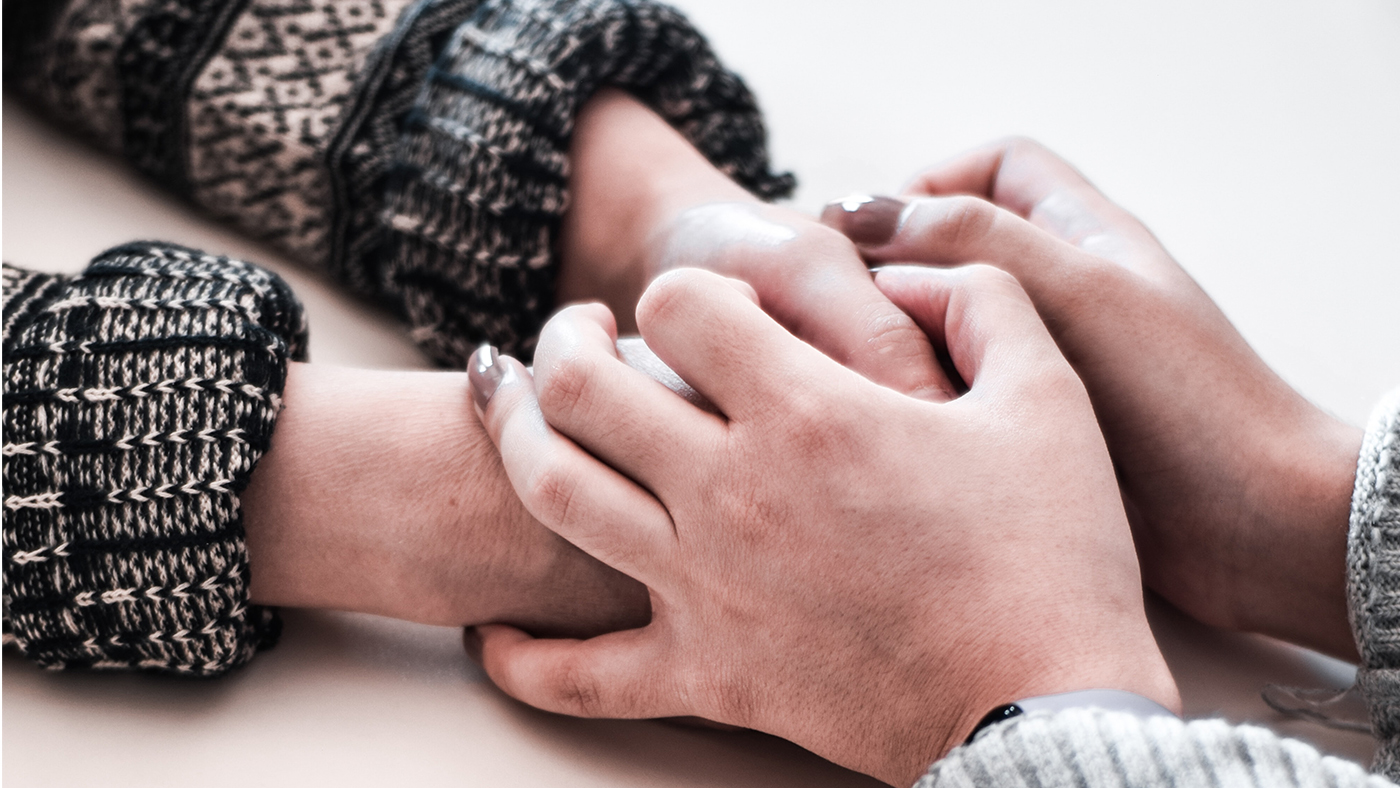Emotional skills in children – what is self-regulation?
- Social & Emotional

There is no one simple answer to this question. It can be explained as a child's growing ability to control their emotions, ideas, and behaviour in order to act positively. It is also the ability to adjust behaviour to meet the situation they are in or have been presented with. When children are young, they do not know how to regulate their feelings and they cannot make sense of their feelings or how to express them.
Think about this...
It’s 7.30 in the morning and you have been up for quite some time, preparing for the day. You pop upstairs to wake your child so you can help get them ready, but they have other ideas. It might be phrased as ‘waking up on the wrong side of the bed’, but you really don’t have time for it today, or any day to be fair.
Somehow, you manage to get your child up, washed, dressed, they have breakfast, the day seems to be going well then... time to clean teeth. The screaming commences. Time is of the essence; you know your child really must clean their teeth. You can feel yourself tensing yet you try to remain calm, you are self-regulating; you are trying to stay in control of your emotions.
It takes some effort to try to remain calm, and it isn’t always successful, but you know how to try. You have learned the ability to display your emotions and behaviours in socially appropriate ways and you are aware of the demands of your environment. Your child hasn’t learned these skills yet and they are just starting out in learning about it themselves.
Self-regulation, and how it shows in children
When your child was a baby, their brain developed and created lots of new connections that helped them to develop as a person. In terms of self-regulation, the brain connects the reactions of people around them to their babbles and cries. Those hugs, smiles and gentle words built up and supported the neural connections in their brain that tell them the response is kind and positive.[1] These connections then supported their cognitive development and helped support the development of communication and social skills.[1]
As they grew, your child learned how to read facial expressions and tone of voice to help them figure out the situations they were in. They were still not able to express how they were feeling or explain what was going on in their minds, and they only had one method of control up their sleeve... it looked and sounded like ‘disruption’, and it drove you up the wall. A lack of self-regulation can come in different shapes and forms, depending on the child. It may be loud and over-excitable, it may reactive, it may give challenges in controlling emotions which lead to lengthy tantrums, it can be busy, it can be difficult, or it can appear shy. What is consistent is that it is not their fault, their behaviour is the only tool they have in their toolkit when they are little.
Co-regulation

Children cannot achieve self-regulation by themselves. They need the support of adults to help them notice, understand and respond to what they can see, hear or feel. Adults and children should work together to achieve a common goal, such as restoring balance, by resolving stress-related disruptions.
As we said earlier, children aren’t born with these skills, but they are born with the potential to develop them, and some children may need more support than others.[1]
There are many factors that can affect their ability to regulate their behaviour: fatigue, pain, distress, fear and affection are a few.[2] You are your child’s best tool for learning how to self-regulate, therefore a strong emotional bond will be beneficial for you both.
How to support your child with self-regulation issues
It can be very stressful when your child is finding it difficult to cope with a situation. Your response may need to differ depending on the situation you find yourself in. No matter what the situation is, responses to your child should be given in a sensitive way. Responding in a calm, empathetic manner, will support your child in understanding how they can later process their understanding of self-regulation in challenging situations.[3] This might not always be easy as the explosion may come in a public place, and you may feel embarrassed.
Here are a few ideas that you might be able to put in your emotional regulation toolkit:
1) Use simple language and a calm tone to describe to your child how they might be feeling

Your child is not to blame for their reaction, they are learning about the world and learning how to deal and cope with change or disappointment. For example, if your child begins to get frustrated because they cannot go to the park at that very minute, you could say, “I know that you are angry because you would like go to the park now. When we have eaten lunch, we can go.” You are acknowledging and understanding their feelings and emotions, and also offering a way to redirect their attention until they can go.
2) Time and space
Sometimes children need space to work things out for themselves. It is easy to try to do things for them, especially when you are in a hurry and you just want to do their zip up for them! However, children benefit from having their pace respected and offering help when needed, not for convenience. When they feel like they are under pressure, their ability to self-regulate will be challenged and what could be a two-minute job may turn into the biggest disaster of the day.
Time is often needed to reflect and figure things out, and this helps them to gain confidence and respect for themselves. They still need you to be a positive role model, but they also need to be able to make choices, to attempt to solve problems and to be encouraged to articulate their own ideas, goals, and preferences.[3]
3) Routines
When children have an established routine with consistent boundaries, they are able to cope better with the world. Simple routines give you a good opportunity to support your child through change, too.[1] Your child knows what to expect and when, plus if there is a change, this presents you with the opportunity to prepare them for it.
4) Preparation
Preparation can be key. If you know your child might be scared of something, but it has to happen, you can prepare them with soft language and explanation.[4] You may need to go for injections at the doctor’s and your child may be scared. Offer them supportive language, such as “We are going to see how the doctor is today. I wonder how the doctor feels.” This may take the pressure off your child.
If something exciting is happening, like a trip to the zoo, let them know on the day. Building up excitement too early can cause a lack of understanding about what is happening. Children cannot judge time, and excitement often conjures up acting-out types of behaviour.
5) Distraction and re-direction
Many children react to waiting in a negative way. They don’t yet have the skills required to understand why they have to wait. These can occur in any situation like being in a park, waiting for a toy, or knowing they are going on holiday. When they feel frustrated, they will rely on adults to help them out and offer a strategy to support them. Re-directing their attention onto something new is usually a successful strategy in helping them deal with the frustration.[3]
6) Play
When children have the opportunity to explore emotion through play, it can help them to gain a valuable insight into emotions. Games can be as simple as:
Move like an animal
Think of animals and talk together to attach an emotion to them. You may have an angry elephant, or a happy giraffe. Invite your child to create a movement for them. If the animal is feeling sad or angry, think about how they might want to feel, and invite them to think of a new movement.
Funny faces
Look at each other and suggest a funny face to make. You may pull a silly face or grumpy face. If the facial expression is negative, you could say, “I’m not going to be grumpy, I'm going to be cheesy!” Pull a cheesy face.
When deciding how to deal with your child’s behaviour, remember to be realistic about what they can understand and achieve. The younger they are, the less able they will be to self-regulate. No two experiences will be exactly the same so it is good to try and find a few ways of supporting your child.
Self-regulatory problems and learning difficulties
Some children find understanding and demonstrating self-regulation very difficult. If you feel like you are lost and you don’t know what to do, you can ask for support via your health visitor or an occupational therapist. Self-regulatory problems may be a sign of a developmental disorder and can be common in children who have attention deficit hyperactivity disorder (ADHD) or autism.
Please bear in mind, you are not alone. There are lots of other children who find regulating their emotions very tricky. In fact, you may well know some adults who still haven’t got to grips with it. One thing is for sure, things won’t be difficult forever. Children who have lots of love, support and understanding are given a brilliant foundation on which they can build their self-regulatory skills.
There are a lot of skills to learn and life throws things at us that make us have to think on our feet. We are not superhumans and it is perfectly normal to feel out of our depth at times. It is worth remembering that the good times outweigh the stressful ones, and you or your child are not to feel any blame. Life is a school day every day and you are both learning together.
The more you are able to offer to your child while they are finding out about themselves now will go a long way in developing a strong relationship as you grow together.

References:
[1] {5} Executive Function and Self-Regulation. Centre of the Developing Child. Harvard University. Available online at: Executive Function & Self-Regulation (harvard.edu)
[2] {6} R.A. Thomson (2001). Infancy and Childhood – Emotional Development. Available online at: Development. Thompson2001IntlEncy.pdf
[3] N. Ravindran, B.G. Genaro, P. Cole. (2021) Parental Structuring in Response to Toddler Negative Emotion Predicts Children’s Later Use of Distraction as a Self-Regulation Strategy for Waiting. DOI:10.1111/cdev.13563. Available online at: (PDF) Parental Structuring in Response to Toddler Negative Emotion Predicts Children’s Later Use of Distraction as a Self-Regulation Strategy for Waiting (researchgate.net)
[4] {7} J. Zeeman. Emotional Development. Available online at: Emotional Development - Early infancy (birth-six months), Later infancy months) (7-12) - David Elkind, Children, and Emotions - JRank Articles
